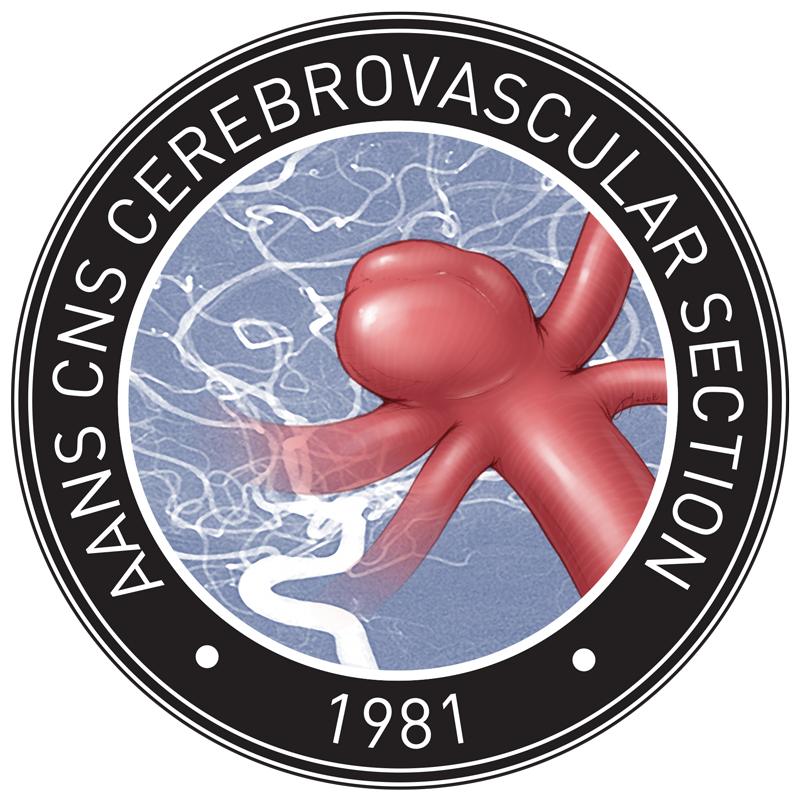Lessons Learned Over More than 500 Stroke Thrombectomies Using ADAPT With Increasing Aspiration Catheter Size

Ning Lin, MD
Department of Neurological Surgery, Weill Cornell Medicine
There has been much debate on the safety, efficacy, and efficiency of different technicques of mechanical thrombectomy, including direct aspiration, clot retrieval via stent-retriever, or combined aspiration and stent-retriever. ADAPT (Direct Aspiration Approach as First Pass Technique) has been steadily gaining popularity due to its technical simplicity: there is no need to penetrate the intracranial clot, and advancement in reperfusion catheter technology has made it easier to track large-pore aspiration tubing proximal to the occlusion. A recently published large series of intracranial thrombectomy via ADAPT appeared to validate this approach (https://academic.oup.com/neurosurgery/article/86/1/61/5172937).
The authors treated 510 patients between 2013-2017, and ADAPT was successfully applied in 505 patients (>99%). Overall, successful reperfusion (TICI 2B or 3) was achieved by aspiration at the first attempt in 61.8% of patients. With additional passes or other instruments (stent-retriever, balloon, etc), final TICI score > 2B was achieved in 92.5% of patients and 52.3% were rated TICI 3. The average time to recanalization was 27 minutes. Symptomatic ICH occurred in 4.9% of patients, and good outcome (mRS 0-2) was achieved in 42.9% of patients at 90 days.
These results compare favorably with other published randomized and non-randomized reports, and have reaffirmed that direct aspiration is a safe and effective technique, and can be associated with faster recanalization and lower procedural cost. The authors have notably demonstrated that larger reperfusion catheter (i.e. ACE 068) yielded more frequent technical success and better clinical outcome. With further innovation in catheter technology, we may expect such success rate to continue to improve.
